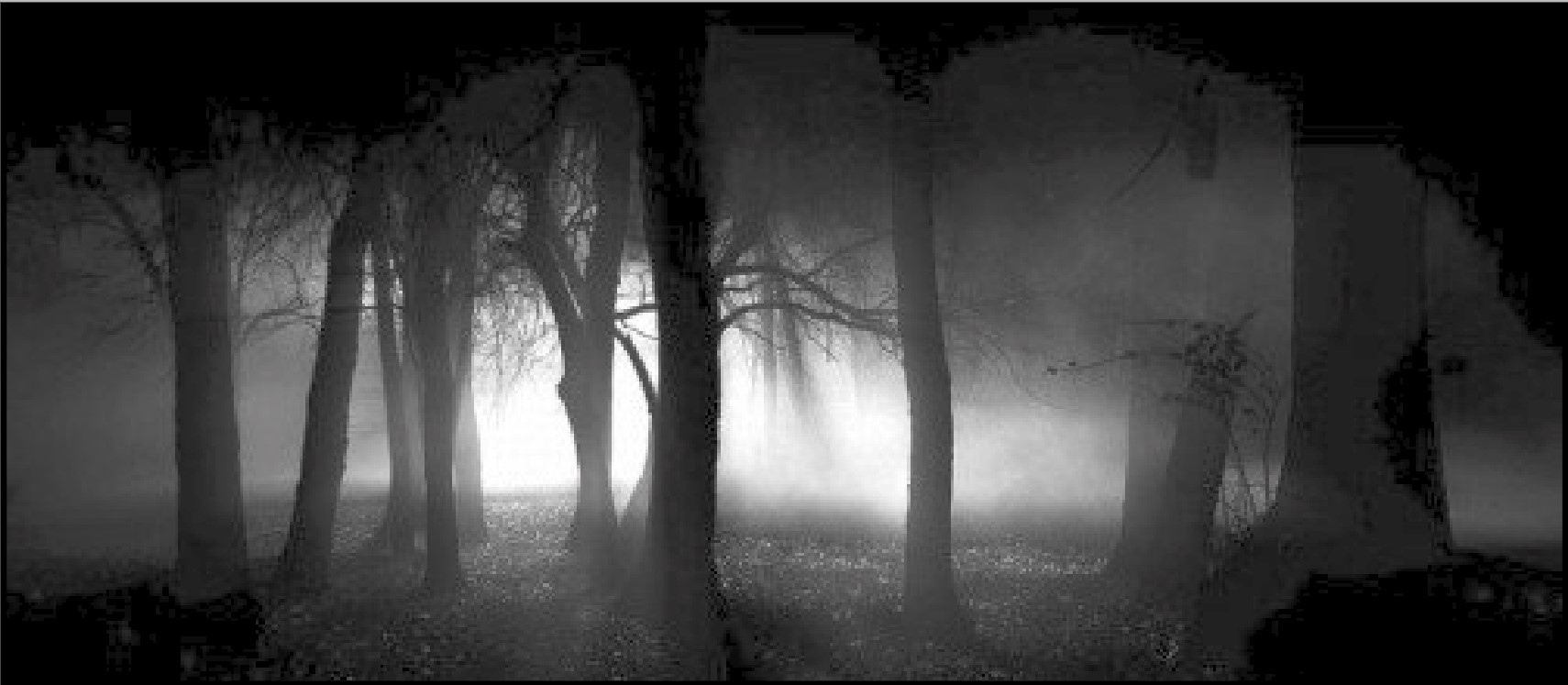Suffering from the January blues? Read the Revd David Newton’s reflection published in the latest issue of the Caldecote Journal, reproduced here.
One of the things I find hardest about living in the UK, even in the southern half, is the short days and long nights during the winter months. I find it harder to stay cheery, and long for the bright light of the sun to wake me up and to stay shining into the evening.
Getting up in the dark is perhaps the most difficult thing about it for me. I’m not exactly a morning person at the best of times, but when daylight is still an hour off and I have to drag myself out of bed I’m not fit for company. My poor wife knows it might take a while before I’m able to string sentences together in any coherent way!
In this country, and others at similar or more northerly latitudes, there have grown up a vast number of traditions that help us deal with the darker months: Halloween, Fireworks, and Christmas Lights have all helped us through since November.
Most of these have their roots in the Christian story, and virtually all have the symbol of light at their centre. The most popular church services through this time are often candle lit – beautiful warm flickering flames causing the darkness to flee.
Light is a hugely powerful and emotive symbol. Light helps us see what’s around us, it lights the way ahead, it takes away fear, it helps things grow. Darkness, on the other hand, is associated with fear and with evil. Such associations were used with great effect by the Gospel writer John. He called Jesus ‘the light who shines in the darkness’.
As the darkness begins to recede let us take heart. For even if it does not feel like there is much light around either personally or politically, we know light is coming. As St John so powerfully put it, ‘the darkness has not overcome.’
